|
As a musician, I have music continuously playing in the background.
If it’s not ambient instrumental music while I’m writing or working, it’s a song (earworm) that won’t leave my brain until I play it nice and loud for everyone else to hear. When I was writing and performing music, I would wake with a melody in my head and it would stay there until I recorded it as a voice memo. Sometimes an entire song, including the lyrics, would come to me fully formed. All I had to do was write it down. But, not everyone appreciates, hears, or feels the language of music the same way I do. Those who read and write musical notation hear it much the same way they would hear words. And working to music (even in the background) for them is no different than trying to have a conversation while someone else is talking. Many times in my life, I’ve acted as if something is true for me, then it must be true for everyone. It has gotten me into trouble every time. This example is no different. I used to assume that since I enjoyed working with music in the background, everyone must feel the same. I assumed that music with words would be too distracting, but that classical or new age music would help to increase focus and productivity. I assumed that just the right volume or intensity was the “correct” sweet spot for working. I’ve come to find out that because of neurodivergence, different learning styles, past trauma, or individual taste, music is not the salve for everyone that it is for me. Unless you plan to use music in a very intentional manner (i.e. “We will now silently sort the stickies from our team in Russia while I play two minutes of Rachmaninoff's Second Concerto”), ask your participants if they would prefer music while they ideate, write, or post up – or whether they prefer silence.
0 Comments
the map is not the territoryAllowing ourselves to function inside an organizational silo is just as detrimental as being exiled or excommunicated. If we are exiled, we will never know the territory of relationship and shared understanding. If we are siloed, we will remain beholden to a static map (or a small piece of it) in a dynamic, expanding universe.
It is through creation, improvisation and consideration of the abstract that we find meaning. It is through meaning that we are connected to others. It is through those connections that we may see the bigger picture. Unless we are working in concert with others, we may never know the sweet reward of lifting each other as we climb. If you don’t occasionally return home from your vision quest — to rest and distill what you’ve seen — your mirror will remain clouded and unable to reflect or recognize the beauty and potential in those other sojourners along the trail. If you are not committed to meaning-making, to engaging in the creative process, to dancing and singing and telling your story, you will find yourself stuck, paralyzed, holding on too tightly to brittle outdated maps that crumble in your fingers, or flying in a circle because you have only one good wing. When the components within the individual are harmonized, and the individual is in harmony with the community, communities can create unlimited meaning and value. They can export and translate that meaning to the world beyond. The hallmark of any great organization lies as much in their poetry as in their treasure maps. While the innovation opportunity may be in knowing how these maps and resources fit together, it’s the spark of creativity that resources the world. creativity as exportWhether or not you are using creativity in your business, every organization creates.
They create products, processes, ideas, artifacts, meaningful works of art, and masterful communication. Every business puts something new in the world. Every organization delivers some kind of value. Therefore, every business finds itself in the role of exporter — shipping ideas, processes or products that have a reach beyond the immediate tribe or community. Every business relies on their exports — things that speak to the tribes outside their own — to feed them. Ideas are currency. Value is a transaction. Sometimes, as a member of a community or tribe, you may feel sick, sad or angry. You may feel depressed or like you don’t “fit” in ways that you can’t describe. Most organizations have a medicine man (or woman) on salary and standing by that will happily invite you into their tent, cubicle, office or clinic and perform the ritual of healing, reconciliation, grounding, or coherence. They will most likely administer a series of questions, a bitter dose of truthful medicine, or possibly send you outside the organizational borders on a vision quest for meaning. Sometimes those who are seeking (inside or outside the organization) are following the breadcrumbs of a personal development plan. Sometimes they are following road signs and looking for landmarks. Sometimes, they are fighting in the foam with the sea monsters at the frayed edges of the map – pushing the envelope where there is no established process. Those on the path of mastery have always known how to lean into the turn and embrace the plateaus. performanceTheater and performance is yet another way an organization can express and create together. Groups can act out the stories they’ve told or written as a play or a skit, staging them for the world to see (either in person or on-screen).
Through physical embodiment – “presencing” (pioneered by Brazilian drama theorist Augusto Boal) or constellation work (used primarily in therapeutic settings) a group can move through space and time, acting out with their bodies the roles of values (such as “teamwork” or “honesty”) or dynamic forces (such as “disruption” or “innovation”). At a 2019 conference of Visual Practitioners in New Jersey, I was shown this method for the first time. The team used their bodies as sculptures to act out a problematic process in the organization. After participants were assigned to represent the various stages of the serialized assembly line of bureaucracy, the facilitator said, “OK. Show me your stuck.” And, there in the middle of this process, one volunteer froze up, looking like they had been magically turned to stone, and visually representing the bottleneck and inefficiency the group was experiencing. Everyone fell out laughing, but they all agreed that was indeed where they were stuck. They then had a productive conversation about how the handoffs could be improved and what they were missing. Playing out these ideas allows the organization to literally see where they are stuck or where group conflict may arise. Great leaders in organizations can teach and train all of these creative skills. They will excel in scaling and amplifying these gifts. Great leaders train entire communities in holding the crayon and learning to doodle, creating sigils, erecting iconic flags, painting murals, devising visual gameplans, orchestrating performances, bravely standing in the spotlight and coaxing the first musical notes from trembling lips. With the spark and soul of creativity, organizations can make meaning as a community. They can mark their territory, stake their claim and learn how to communicate more effectively. Co-creating in a space together allows the organization to grow, explore, love, innovate and achieve like they never have before. sTORYTELLINGOne expression of the creative flame is the art of storytelling.
If we imagine the organization as a group of adventurers having survived a recent and harrowing ordeal, the group might next settle into their encampment and position themselves around the fire. They can call on newly-created, shared memories in order to conjure stories, myths, fables, legends and metaphors that are endemic and unique to the tribe. These stories are then passed on from one person to the next, sometimes becoming more incredible. They are even passed onto future generations. (Most of us have heard that “back of the napkin” story of the company's founding – or landing that big investor – that gets more sensational with each telling.) The stories an organization tells are directly informed by the belief system they have about themselves, one another, and the world around them. They are stories about heroes and exemplars, villains and tragedies — mythic portraits of the organizational cosmos. These stories have the power to break or reinforce behavioral patterns that define an organization’s culture. In Building a Story Brand (2017), Donald Miller compares the journey of the end user (or customer) to the protagonist in Joseph Campbell’s famed “hero’s journey.” Most businesses consider themselves to be the hero, flying around and fulfilling everyone’s needs. Miller says, however, that the organization is best viewed as the mentor, guide, or oracle that appears to reveal a secret, share tools or insights, minimize risk, add value, and assist the hero in accomplishing their quest. What happens when one of these organizational stories (or myths) travels outside the castle walls or the confines of the memetic bubble? Life on the inside of an organization sometimes doesn’t make sense to someone with a different cosmology or set of values. So, the stories that organizations tell the outside world are coded transmissions that require translation (through spoken language, marketing messages, or cultural training/onboarding). CREATIVITYIn Matthew Fox’s Creation Spirituality model, the via negativa is directly followed by the via creativa. It would stand to reason that an organization experiencing an intense period of grieving or “storming” (think industry disruption, bankruptcy, merger/acquisition, global pandemic, etc.) would eventually find itself on the path of birthing and creativity. Together, this group would begin the work of synthesis, recovery, language- and process-building, and begin to create something new. This collaborative work would take them to a new level of meaning-making that transcends and includes its previous iterations (values, culture, systems).
When groups of people make meaning together, they are opening themselves to one another in brave and important ways. They are sharing the white hot spark that flickers inside each of them. They are pointing the mirror of the self at one another in an effort to be seen as a reflection of the whole. When groups embark on this creative path together, we can see how that spark is amplified into an all-consuming flame – a vision or mission that ignites the group with a positive, healthy obsession and provides a new Guiding Star to which they can navigate. Organizations are made of people. They are microcosms of a larger social body. These groups perform and behave in distinct (and sometimes predictable) ways. They can be businesses, families, collectives, cults, or nations. It could be argued that all businesses are cults, but that’s another topic for another time.
These organizations are so complex that we have turned to metaphor in order to comprehend and understand them. In his 2006 book, Images of Organization, Gareth Morgan writes, “Metaphor is often regarded just as a device for embellishing discourse, but its significance is much greater than this. The use of metaphor implies a way of thinking and a way of seeing that pervade how we understand our world generally. For example, research in a wide variety of fields has demonstrated that metaphor exerts a formative influence on science, on our language, and on how we think, as well as on how we express ourselves on a day-to-day basis.” Whether an organization identifies as a machine, a hive mind, a band of pirates, or a party of explorers, they must find a path to trust and cohesion as they seek to achieve and face the unknown together. The cultural hallmarks of any functioning organization (or community of people) are how they communicate and what they create together — from music to meaning to marketing plans. In the midst of the pandemic, Joran Oppelt, a skilled facilitator and executive coach, played a pivotal role in reshaping the trajectory of an orthodontic clinic's business. The clinic faced challenges posed by virtual competitors like Invisalign and struggled to adapt, feeling reactive rather than proactive.
Joran's expertise in team alignment and team building became the catalyst for change. Through an extensive process of re-engineering meeting protocols, creating a clear vision and values, and establishing new communication strategies, the orthodontic clinic not only weathered the storm but emerged stronger and more resilient than before. Here’s what the Operations Project Manager had to say, “With Joran’s help, I led my team through redesigning our meetings protocol and organizational values. Thanks to his work, our company was not only able to overcome business disruptions due to COVID-19, but we were able to innovate, strategize, train, and synchronize our operations while exceeding financial goals!” Central to their success was the development of a competitive virtual offering, a strategic response to the threat posed by Invisalign. The clinic morale improved as they went from feeling like a victim to being a proactive player in the market, retaining and even expanding its patient base. The visioning process led by Joran played a crucial role in setting the clinic up for success during the challenging and isolating time of the pandemic. By defining clear vision, mission, and values, coupled with a comprehensive Team Charter, the clinic was able to ensure that everyone knew their roles and responsibilities. Most importantly, they identified and empowered the right person for the lead administrative role. Throughout the process, the team realized the need for an integrator – someone with the ability to drive these new systems and keep everything organized. This strategic shift not only streamlined operations but also accelerated the clinic's growth. Two years post-peak pandemic, this orthodontic clinic continues to thrive. Expanding their team with multiple calls for new assistants and hygienists, they are not just surviving but actively growing. The focus has shifted to marketing and patient base expansion, with a new social media and marketing plan in place. Their collaboration with a marketing company attests to their commitment to staying ahead in a competitive market. This success story is a testament to trusting in the process and the transformative power of facilitation and coaching. Joran's guidance not only helped them navigate the economic risks and cultural challenges posed by the pandemic but also set them on a trajectory of sustained growth and prosperity. At Illustrious, we’ve claimed to be the Leader in Team Alignment since 2022. We know what it’s like to turn the pain of transformation into the adventure of a lifetime. We’ve seen first-hand the amazing results that our clients get by working with us. And we always find it difficult to explain them to people who are curious about what we do – or curious about whether engaging us would be a good fit. So, during our recent 2024 Power Visioning Retreat – where we took a look back at what we accomplished in 2023 and imagined what we will accomplish in 2024 – we asked ourselves the question, “How are we specifically contributing to Team Alignment?” After exchanging some quick blank expressions, we got to work brainstorming the process we see our clients go through all the time – as they move from confusion to clarity, or from a milk crate full of tangled cables into a compelling and well-organized stage show. THE ILLUSTRIOUS FORMULA FOR TEAM ALIGNMENT:
EVOKING CURIOSITY
What usually happens first with the teams we work with is they are somehow exposed to the visual tools and frameworks we use at Illustrious – whether that’s graphic recording, The Grove’s Strategic Visioning or Team Performance models, or the various visual frameworks found in Gamestorming or Liberating Structures. Either way, there is a ‘Woah!” moment that leads to curiosity. This curiosity can look like excitement or skepticism. And while we’d prefer everyone be excited right away, it’s OK for the team to be skeptical in the beginning. One particularly resistant client said, “Hold on! We’re deciding our strategy based on cartoons?!” Few people have experienced the science of visual thinking proven out in a business environment. Few people have been through a process that starts out as stickies on the wall, moves into tension and groaning and pushback, and ends up as humans witnessing each other and hearing each other without judgment. But each small win helps make the process easier for even the most resistant in the room. INTEREST Next, the visuals tend to create a focused attention. People lean in, either to learn more about the tools (usually posters on the wall or canvases in apps like MURAL), or to pick them apart and tear holes in them. It matters little to us, as long as they’re leaning in and engaged. At this point, either in the spirit of herd mentality (agreement) or pushback (disagreement), we see two camps emerge – “I’m interested in learning more” or “I’m interested in proving this wrong.” Again, the group’s interest and engagement is what matters. Once most fears are addressed, defensiveness is taken down a notch, and people are assured that no one wants to do their job for them, the group usually starts to lean in the same direction. ORIENTATION This is when the fun starts to happen. I liken this stage to a pile of metal shavings being activated by a magnet. Slowly, and one by one, the shavings will start to wiggle and vibrate. Then, they turn in the same direction, sometimes piling on top of or crawling over each other in order to answer the pull of the magnet. And, suddenly, in a rush, they are like one body – or a murmuration of birds – having one shape, one energy, one purpose. That stirring of energy and positive provocation is what it looks like when a group is oriented together and facing a problem or objective arm-in-arm. INSPIRING COMMITMENT Finally, once the team is curious, interested, and facing the same direction, the primary aim of any visual tool or communication is to inspire commitment. The team moves away from dependence and resistance, gets clearer on their roles and responsibilities, has a better grasp on the resources they need or lack, and discovers new ways to plan and make decisions. This confidence fills the team’s sails and creates a renewed feeling of camaraderie and teamwork. Culture improves, communication improves, productivity increases. Because the team is saying “Yes” to each other – and to the mission. ### If you have questions about how this looks in action or would like to see this kind of alignment happen on your team, let's schedule some time to chat. DEI (diversity, equity, and inclusion) initiatives are growing quickly in organizations around the world. Leaders and entire departments dedicated to DEI – or EDIB (equity, diversity, inclusion, and belonging) – are being installed in for-profit and nonprofit organizations. These teams are committed to deeply embedding DEI principles into the values and actions of the business so that it can be more accessible, welcoming, and empowering.
Here we’ll discuss the “E” in DEI. Compared to diversity and inclusion, the words equity and equality (with which equity is sometimes substituted) are ambiguous terms that can be defined very differently from organization to organization. According to Robert Harris, Director of EDIB at National Audubon Society, it's "not advisable to use equity and equality interchangeably." "In general," he says, "equality is when folks receive the same resources in amount and proportion and equity is when differences are recognized. Resource allocation varies based on those differences to achieve equality." How you implement your DEI initiatives will depend on how these terms are defined. Your definition of these terms will also influence your culture deck, hiring process, team charter, operating agreements, mission statement, media/investor relations, etc. Making sure that they are clear and meaningful for everyone on the team is very important. Equity may be defined in the following ways:
To review, diversity means that you have various people in the room, equity means that there is awareness that they are not all on equal footing, and inclusion means that you have a process for engaging them. Equality is the outcome of people being equally resourced. If you’d like to have a conversation about team performance, team design, or team development, please schedule a discovery call today. |
Details
ABOUT THE AuthorJoran Slane Oppelt is an international speaker, author and consultant with certifications in coaching, storytelling, design thinking and virtual facilitation. Archives
March 2024
Categories
All
|


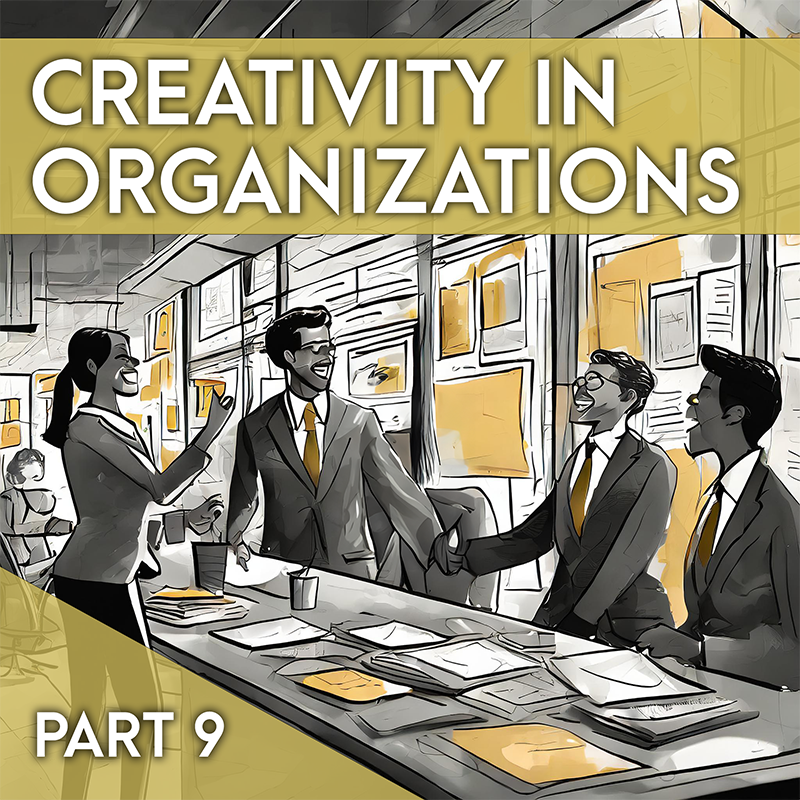
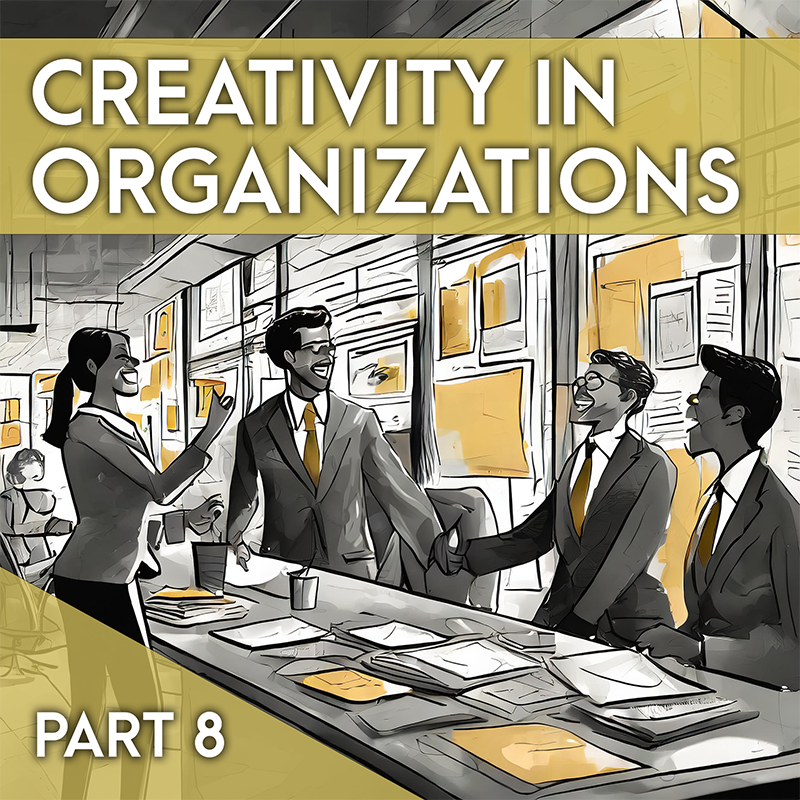
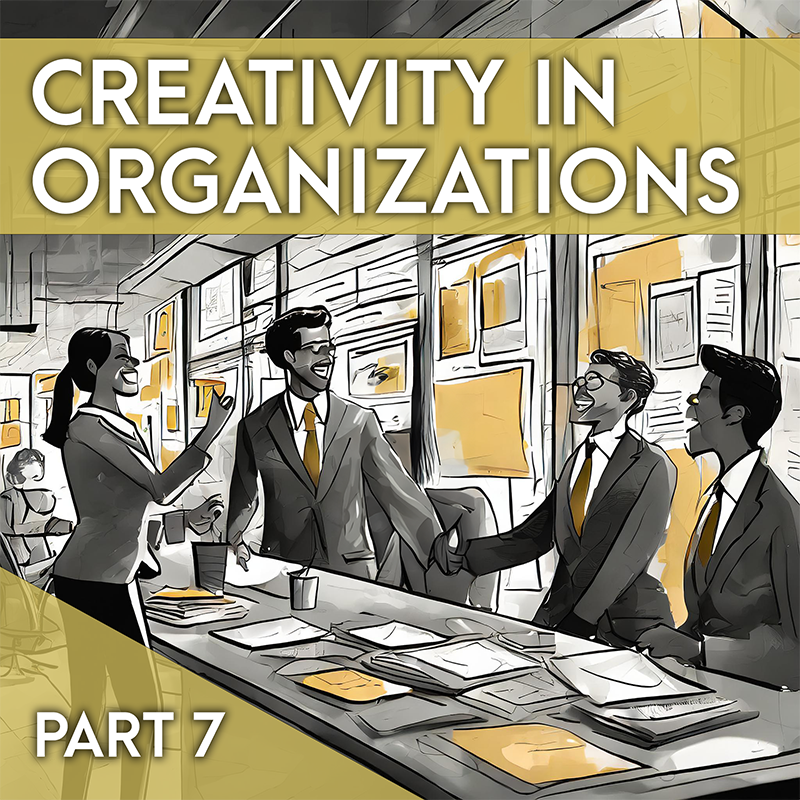
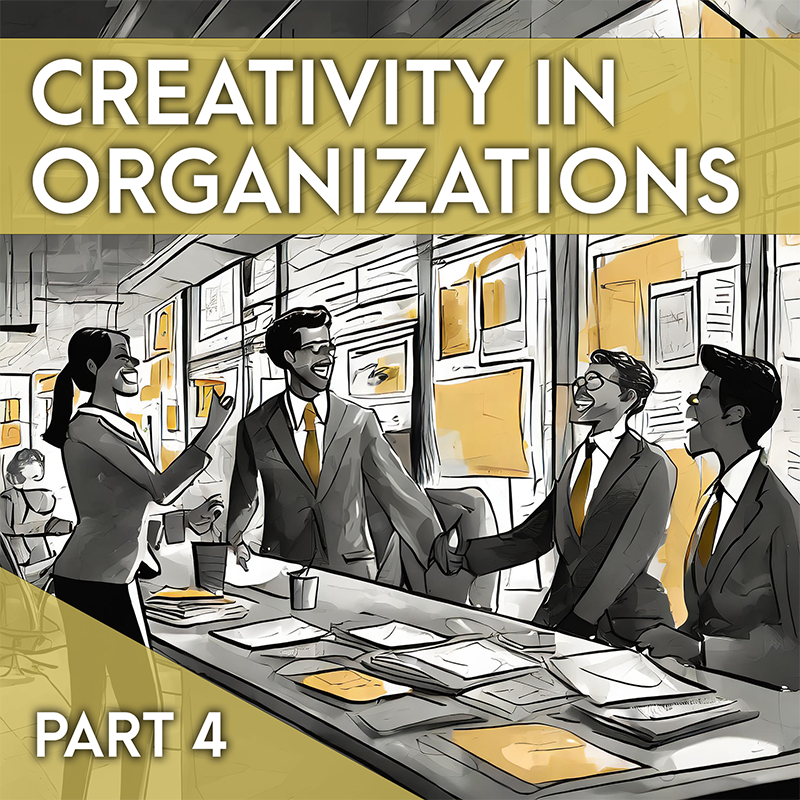
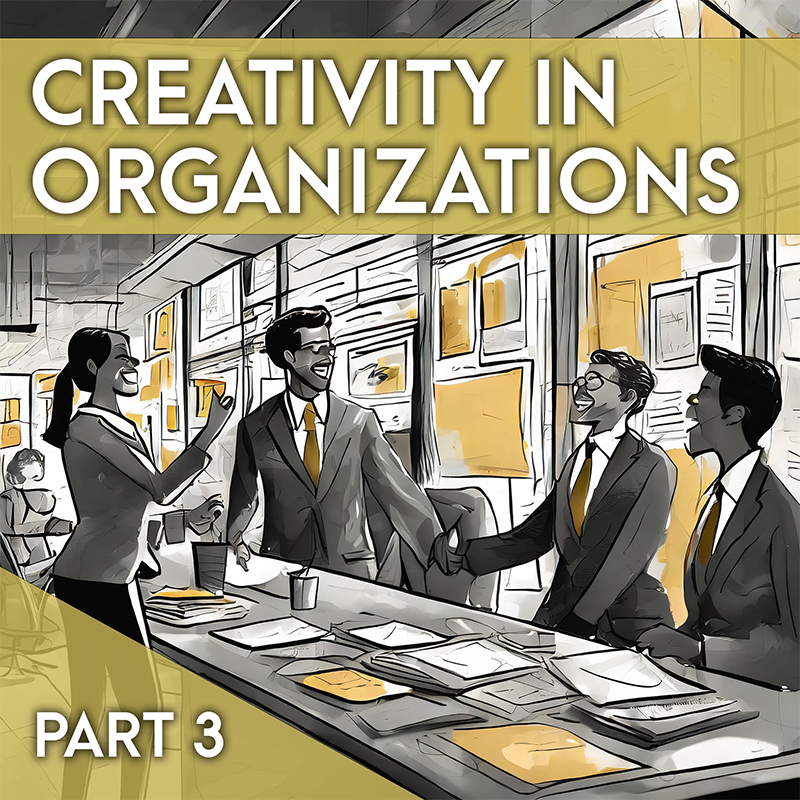
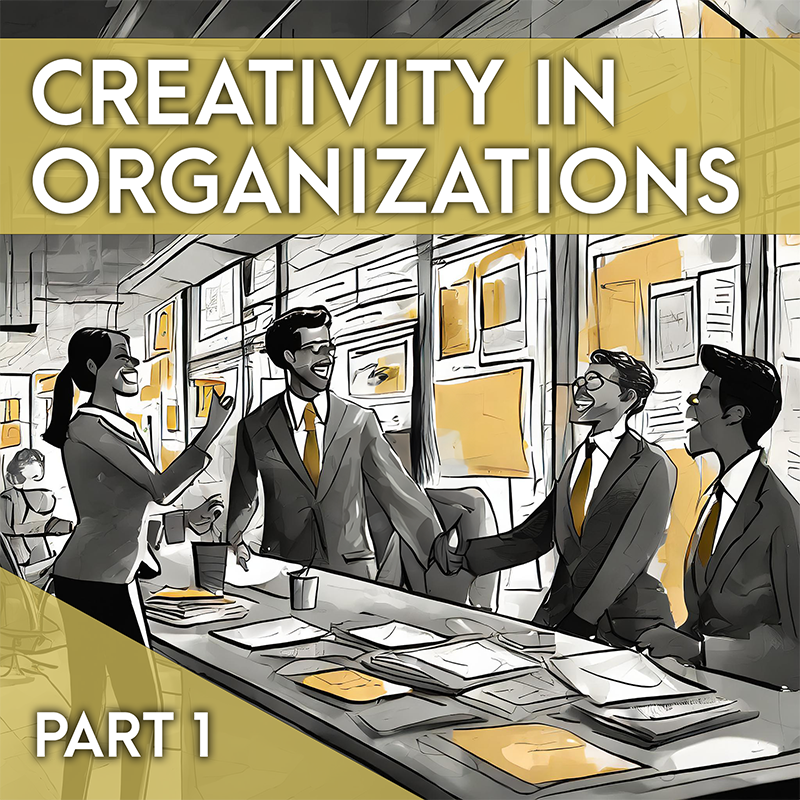
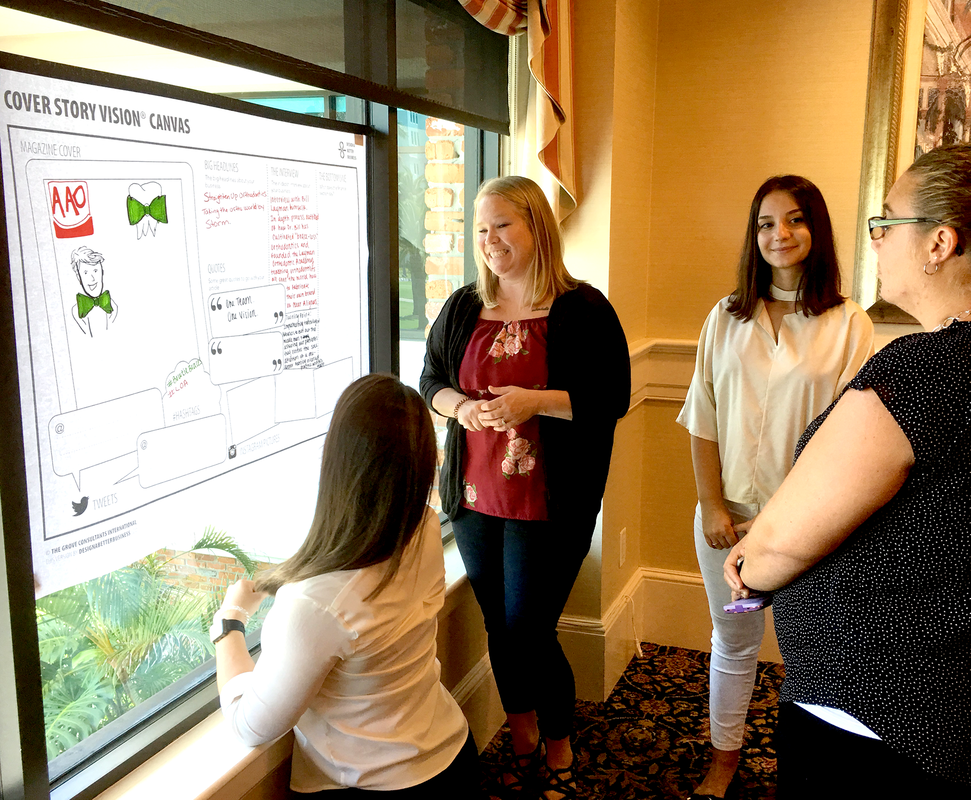


 RSS Feed
RSS Feed